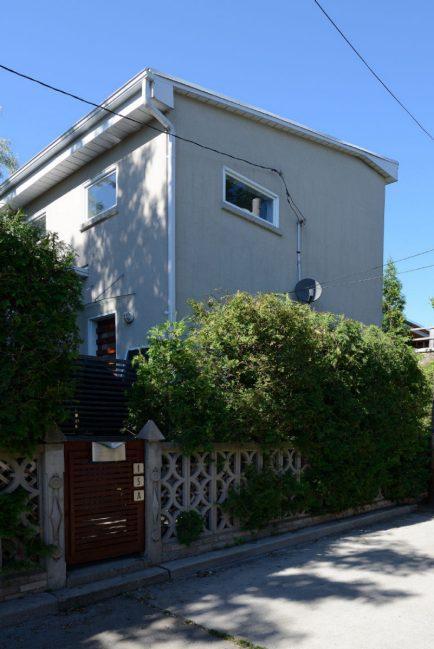9 Simple Ways to Start Living a More Minimal Lifestyle
A minimalist lifestyle is not for everyone. But in this hectic world, many of us are feeling that call — the yearning to have less, to spend less, to do less, to need less.
You read about those folks who make huge, dramatic leaps into extreme minimalist lifestyles, giving away everything they own, moving to an all-white room with just a mattress and a notepad. You can certainly get on the path to minimalism with a similarly grand gesture, or you can work on seeking simplicity more gradually.
We’ve got the beginner’s road map for getting on a path to living a more simple, minimal lifestyle at home (and in life). No one single thing will magically make you into a minimalist tomorrow, but these ideas are a good place to start you on your journey.
What is your personal definition of a more minimal home and life? Is it to have only the bare minimum of objects? Is it to declutter a whole room of stuff you haven’t looked at in months? Is it to learn to live with less or stop buying things you don’t need? There’s no “right” way to be a minimalist; we can all have our own definitions of simple and stress-free. Just take the time to define it for yourself. Not sure where to start defining what you don’t want in your life? Focus on what you do want — what makes you feel alive, what you’re passionate about — and then begin to strip away the things (physical and otherwise) that are getting in the way of you doing more of what you really want to be doing.
Give yourself a clear goal, with broken-down steps to attain (and remember to write down the things you need to complete those steps). And then give yourself a time frame to achieve each step (not just the final goal). Consider making alerts on your calendar so you are held accountable. And don’t just write down what the goal is — write down why you want to live more minimally (less stress, more money, less stuff to haul on your next move — it can be anything that means something to you).
Your quest for a more minimal lifestyle might point you in the direction of a smaller or simplified home. This is a big step for folks who own or rent homes, but not impossible. Again, start with a goal of what you want — be specific. Not sure what you want? Do some traveling — and look to stay in homes in the size range you’re thinking about. You’ll be able to visualize your future life easier if it’s a size you can downsize to. Or perhaps the size and type of your home is okay but it’s what’s in it…
This seems pretty obvious, but it can be the most painful step for folks who have a real attachment to many of their items. Start slow and intentionally. Throw out or donate everything you obviously don’t need first. Then take and hide everything you think you could do without for a few months, to give yourself distance to be able to give them away. Then use that motivation to gather the courage to take decluttering as extreme as works for your dream, minimal lifestyle. Keep reminding yourself that stripping away as much stuff from your life will make it easier to achieve a more simple life and allow you to have more freedom. You don’t have to only live with a bed and a laptop; again, you get to decide what living more minimally means to you.
If you’ve been used to creature comforts for a long time, you might not be ready to take a minimal plunge all at once. Consider having comfort-free weekends or months, slowly eliminating comforts and luxuries (even as simple as pricey haircuts or weekly movie dates) and seeing what feels okay to lose, and what things are too valuable to your happiness to give up.
Before you swipe your credit card, ask yourself “Do I really need this?” And ask yourself all the time. At first you may easily justify purchases out of habit, but as the question sinks in, you might find yourself realizing you don’t need many of the items you impulsively buy.
6. Be a re-user
Another great habit to explore on the path to a more minimal way of living is learning to be a great re-user. Save packaging to reuse for other things. Learn to repair and fix things rather than replace. Use old clothing for scrap fabric for DIY projects. Be open to being creative to find ways you can reuse something you already have rather than buy something new.
7. Invest in high-quality items
When you do have (or want) to buy something new, splurge on high-quality items that are meaningful for you. Remember that it might be nicer to have a sparse home filled with dreamy designs you adore versus full of things you just sort of like. But also remember that, again, you define what minimal means.
8. Be clear about why you want to be more minimal (and remind yourself often)
Go back to the first step above regularly, especially when things get tough, so you can remember why you’re trying to live more minimally in the first place.
9. Forgive yourself and keep trying
As someone who has given away everything they owned one and a half times now, I can assure you, we manage to acquire stuff at impressive speeds. And also sign up for a lot of work obligations, too. This is just human nature. But don’t give up on your quest to simplicity if you wake up one day and notice you’ve let a lot of unneeded stuff clutter up your home or schedule. Just start over at the top, breathe in, and keep trying.



